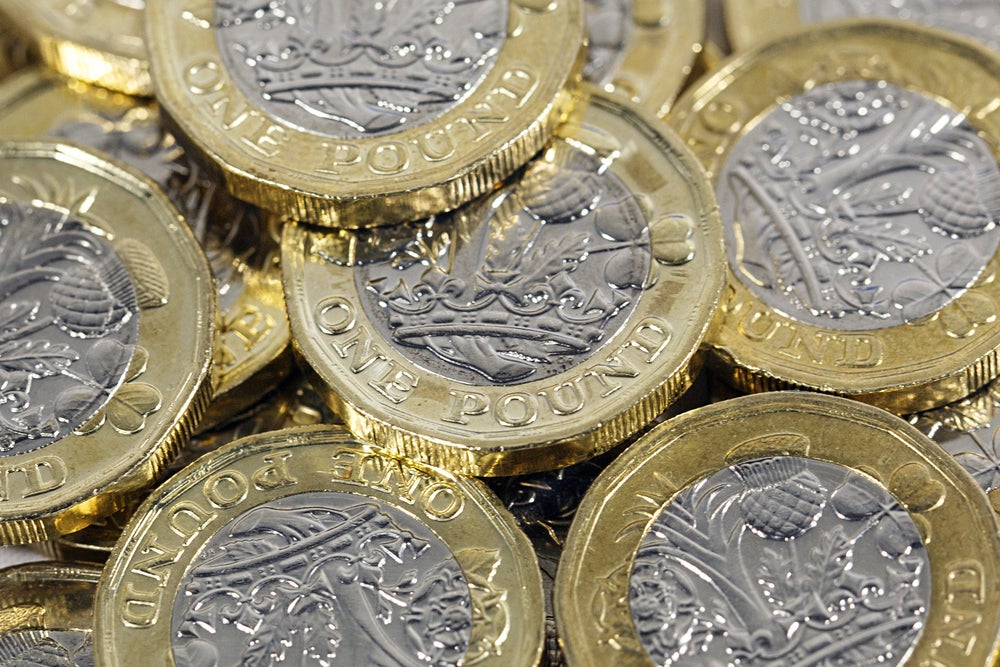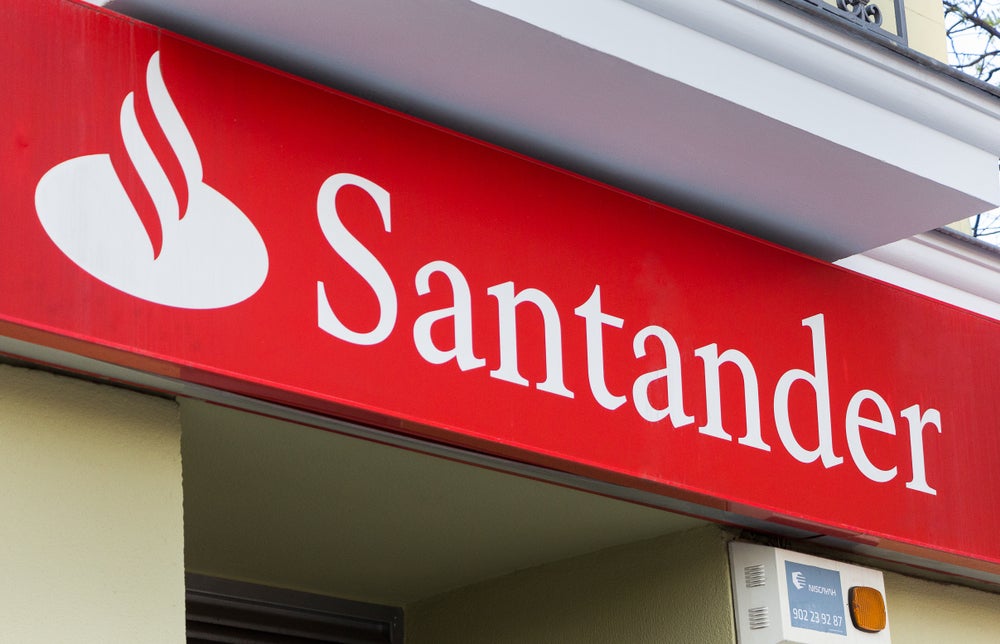
Inflation in the UK has fallen, if you can call it that, from 10.4% in February to 10.1% in March. Patrick Brusnahan talks to the experts
While any drop in this high rate is appreciated, it will still adversely affect many households across the country. In addition, it makes investing in the UK trickier than it has to be.
Andy Mielczarek, founder and CEO, SmartSave
Although today’s CPI data shows that inflation is finally easing into single figures, the latest numbers show that savers still need to plan carefully. Elevated prices mean that, without careful financial management, people around the UK are still losing money in real terms.
Making the most of the right savings instruments is crucial. At the moment, rising interest rates mean that there are opportunities for those who are in a position to put aside a lump sum and allow that pot to grow. For those looking to secure the most competitive rates, looking beyond traditional high street banks is often the key to making better returns, while fixed-term savings accounts can provide savers with lucrative options.
Nathaniel Casey, investment strategist, Evelyn Partners
Despite March’s data surprising on the upside, inflation momentum remains on a downward trajectory. In monthly terms, headline CPI accelerated by 0.8% in March while the headline annualised rate has decreased slightly due to base effects. Last week the Bank of England’s (BoE) chief economist Huw Pill noted that the path of inflation may be bumpier than expected in the short term but is likely to fall in the second quarter due to strong base effects in the energy sector.
Looking at the contribution components to inflation, the largest upward influence can be attributed to food and alcoholic beverages with bread and cereals accounting for the largest upward contribution in this category. This subset exhibited its highest annualised inflation rate since the series began in 1989. On the other hand, the largest downward contributions came from transport, particularly motor fuels, with petrol pump prices falling for 4 consecutive months, returning to levels last seen in February 2022.
The labour market has started to show signs of softening, with the unemployment rate ticking up slightly to 3.8% in February and job vacancies falling for 10 consecutive months. Despite this, vacancies remain 35% higher than their pre-pandemic average and wage growth continues to remain persistent. The latest data shows that the monthly rate of earnings growth reaccelerated from 0.3% in January to 0.6% in February. The risk is that rising wages will feed through to inflation, causing it to become entrenched.
How well do you really know your competitors?
Access the most comprehensive Company Profiles on the market, powered by GlobalData. Save hours of research. Gain competitive edge.

Thank you!
Your download email will arrive shortly
Not ready to buy yet? Download a free sample
We are confident about the unique quality of our Company Profiles. However, we want you to make the most beneficial decision for your business, so we offer a free sample that you can download by submitting the below form
By GlobalDataAlthough inflation remains elevated it has realigned with its downward trends. Additionally, Inflation should decelerate at a faster rate through the second quarter as large rises in energy prices from last year drop out of the annual comparison. Nonetheless, inflation still has a long way to go to return to the BoE’s mandated target of 2% and wage growth rates are currently higher than would be consistent with this level. As a result, it’s likely that the BoE will continue to hike interest rates, with the futures market currently anticipating a terminal rate of 4.9% in the third quarter.
Susannah Streeter, head of money and markets, Hargreaves Lansdown
The heat has been turned down on the bubbling cauldron of prices, but inflation is still scalding and interest rates look set to be pushed up again to try and cool it down rapidly. Instead of retreating below double digits, CPI is staying stubbornly high, causing more pain for companies and consumers. The relentless rise in food and non-alcoholic beverages is vicious, soaring to 19.2% in the year to March, up from 18.2% in February. Food prices haven’t risen this quickly over a year since August 1977, when the Queen was celebrating the silver jubilee and a smaller one-pound note was introduced. The pound feels a lot smaller in our pockets right now as inflation continues to devour spending power, with wages rising so much more slowly. This insidious drain on wealth, and the worry that it’s not temporary given that core inflation, stripping out volatile energy and food prices, remains so sticky means it’s more likely that another interest rate rise of 0.25% is on the way from the Bank of England next month.
The worry that rates will continue to be hiked in the US is pervading financial markets with investors concerned that further tightening will increase the chances of recession and cause ripple effects around the world. Indices in Asia took a downbeat cue from Wall Street, after gains largely evaporated in the session. The Nikkei, Hang Seng and Shanghai Composite retreated, after Fed policymaker James Bullard, the Bank of St. Louis President, indicated he thought that more hikes are needed to counter hot inflation, dismissing downturn fears. Stocks are likely to wax and wane as further comments come through this week from other policymakers, before they go quiet ahead of decision day in May. Oil prices are trading slightly lower, with Brent hovering around $84 a barrel. Traders are weighing up the impact of a possible US recession on demand for energy against China’s faster recovery from lockdowns with factory production lines whirring more quickly.
Jonathan Moyes, head of investment research, Wealth Club
This was another month where inflation has remained stickier than expected. This may cause a real headache for the Bank of England, economic growth is weak, financial conditions are tightening, and yet inflation is clearly not under control.
A positive in the data was transport costs rising by just 1% in the 12 months to March, reflecting lower energy costs due warmer than expected weather. However, the good news stops there. Of the 13 sectors covered in the Inflation release, only transport inflation is below the Bank of England’s 2% inflation target. Nine other sectors have inflation running above 5%. Consumers may have to brace for yet more rate rises.
Tom Hopkins, portfolio manager, BRI Wealth Management
UK inflation data in March came in at 10.1%, a small decline from February’s 10.4% reading. Today’s readings came in worse that consensus expectations which had UK CPI poised to fall back to 9.8%, the first sub 10% reading since August last year. Core Inflation came in at 6.2%, the same reading as last month showing UK inflation is increasingly stubborn.
The small month on month decline can be credited to a fall in energy prices year on year and some easing in the food shortages we saw in February. However, these falls appear to be offset by the strong labour market as wage growth has not slowed as much as economists expected.
Today’s figure shows that the cost-of-living crisis many Britons find themselves in might not be releasing its grip on families as quickly as first expected. The UK economy is not out the woods just yet, that said, if economic data continues to come in less negative than expected, it could help stir a revival in business and consumer confidence. Today’s disappointing inflation figure could raise expectations for another rate rise from the Bank of England on 11 May.







